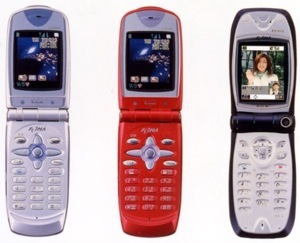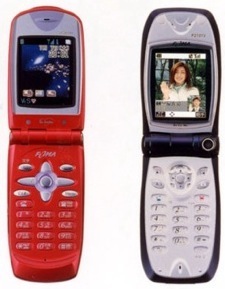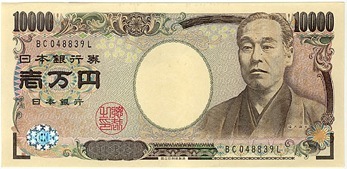Hiroshima (3)


Hiroshima (3)


Getting Cash
ATMs are not as readily available in Japan as in other parts of the world, at least not for visitors. Few, if any, are open 24 hours a day. You’ll get the best rates at Japanese Post Offices (assuming they have ATM machines) and you’ll generally find that any ATM operated by Citibank will accept your card. Otherwise, look for the usual international signs for ATM networks such as Cirrus, Maestro and Plus.
Phones
Japan operates a number of cellphone networks that are largely incompatible with each other and certainly incompatible with anything from another country, but coverage is very good and you could certainly rent a Japanese cellphone at the airport on arrival (even reserve one in advance, Google is your friend here: “Japanese cell phone rental”).
But wait, there is more: DoCoMo and Vodaphone JP (acquired by Softbank in 2006) both operate 3G networks on which you can roam if you have a GSM 3G-capable handset (and international roaming enabled). You can ALSO rent a 3G phone at the airport and use your own SIM card in it. [When I say “3G” here I mean WCDMA operating at 2100 Mhz. I know some US carriers are either offering or planning to offer 3G service at 1900 Mhz, but that band will do you no good in Japan]. Conversely, you could rent a Japanese SIM card and use it in your own 3G phone.
See: http://www.softbank-rental.jp/en/phones/sim3g.php
If you simply want to use a payphone for occasional domestic calls (or calls to calling card access numbers), just buy a 1,000 yen telephone card typically available near payphone locations such as airports and train stations. Finally, if you find yourself needing to use a telephone outlet for a dial-up connection etc, the modern phone outlet in Japan is RJ-11. There is an older style connector, but you’re not likely to encounter it in any modern hotel or private home.
Electricity and Plugs
Japan uses 100V (not 110V or 115V) AC. (@ 50Hz Eastern Japan and 60Hz Western Japan). The plug is typically 2-blade, non polarized and non-grounded, as seen here:
Note that there are VERY FEW “public” outlets that support 3-prong plugs, (“Type B” in the above link), so carry either a 2-prong NON-polarized cable or a 3-to-2 adapter. Make sure the plug blades are the same width, i.e., non-polarized.
Typical Japanese
power cord and
outlet splitter.







